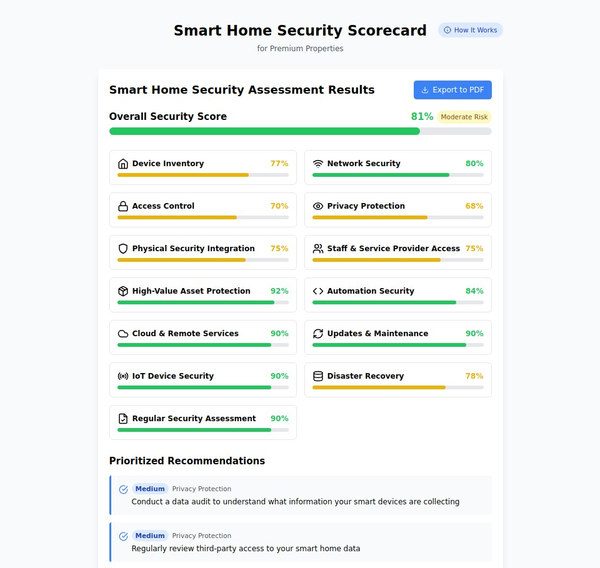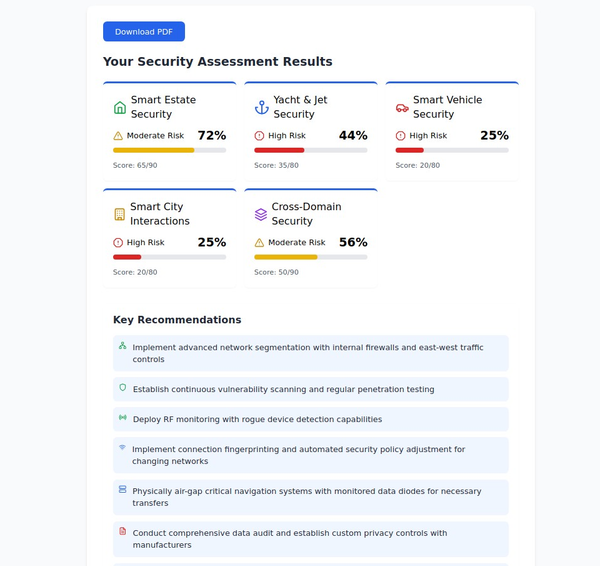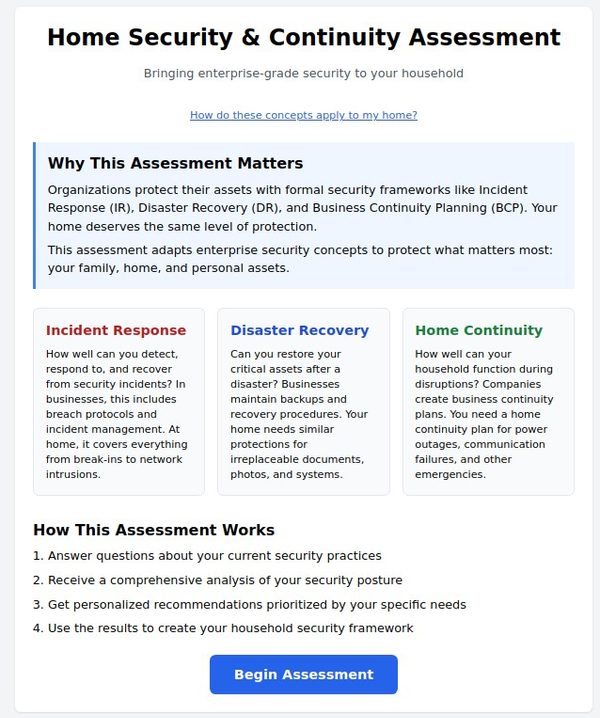What You Need to Know About Implementing IoT Devices in Your Home

The Internet of Things (IoT) has revolutionized how we interact with technology, allowing us to control our homes with the touch of a button. IoT devices can make our lives easier and more convenient, from smart thermostats to security cameras. However, before implementing these devices in your home, it's important to be aware of some potential risks and take steps to stay safe and secure. This post will discuss some important considerations for implementing IoT devices in your home.
- Security
One of the biggest concerns with IoT devices is security. When you connect these devices to your home network, you're potentially opening up a backdoor for hackers to access your personal information. To stay secure, make sure you only purchase devices from reputable brands with a strong security track record. Keep your devices updated with the latest firmware updates and make the default login credentials more secure.
- Privacy
IoT devices often collect much data about your habits and behavior, which can concern some users. To protect your privacy, read the privacy policy of any device you plan to purchase and make sure you're comfortable with the data it collects. Additionally, consider disabling features like voice assistants if you're concerned about the device listening in on your conversations.
2. Compatibility
Another consideration when implementing IoT devices in your home is compatibility. Not all devices work seamlessly with each other, so make sure you're purchasing devices that are compatible with your existing setup. If you're unsure, do some research or reach out to the manufacturer for guidance.
3. Bandwidth
IoT devices can strain your home network, especially if you have many of them. Make sure your home network is robust enough to handle the bandwidth requirements of your devices, and consider upgrading your internet plan if necessary.
4. Cost
IoT devices can range in price from affordable to quite expensive, so it's important to set a budget and stick to it. Consider which devices are most important to you and prioritize those over more peripheral devices.
In summary, implementing IoT devices in your home can be a great way to improve your quality of life, but it's important to be aware of some potential risks and take steps to stay safe and secure. By considering security, privacy, compatibility, bandwidth, and cost, you can decide which devices to purchase and how to use them in your home.
